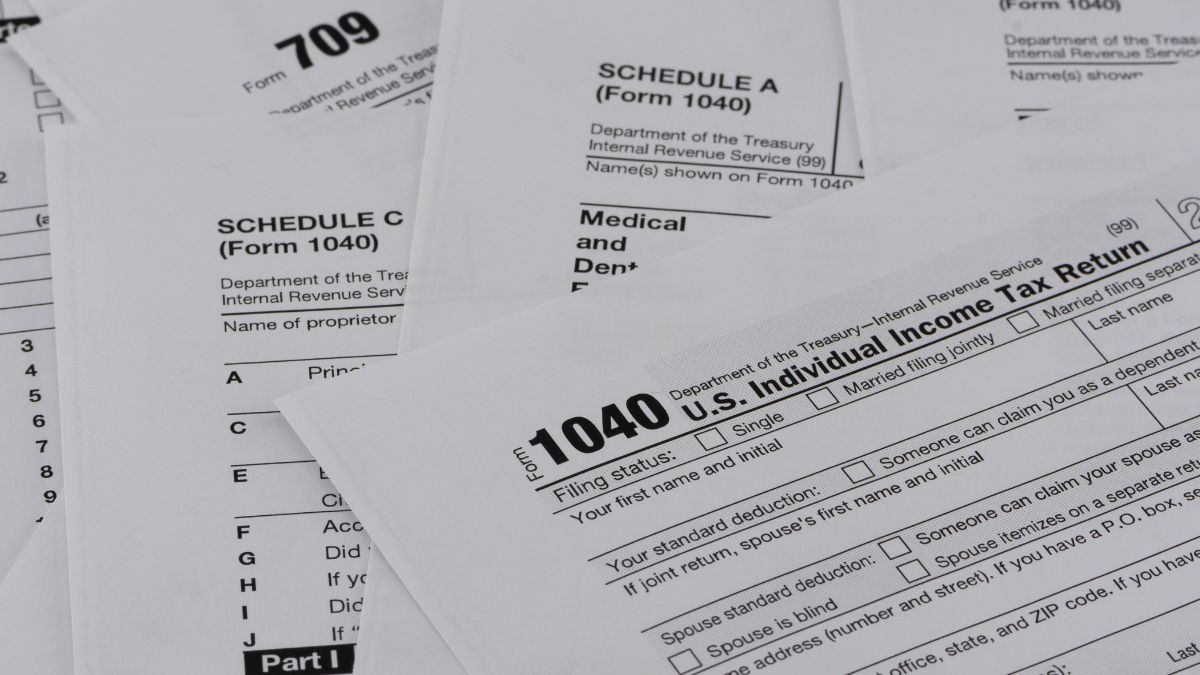It’s the question burning in the minds of many of us who have filed our 2024 taxes and are expecting a return: where is my refund? It depends on a few different factors including the date you filed, the method you choose for reimbursement and issues that may delay the process. So, if you’re anticipating a refund, read on to find out when you can expect to see those funds.
When will I get my 2025 tax refund?
On January 27, the Internal Revenue Service (IRS) opened the 2025 tax filing season and began accepting and processing federal individual tax year 2024 returns. However, taxpayers have until the federal deadline of Tuesday, April 15 to file. According to the IRS, most refunds will be issued within less than 21 days after filing.
Earned Income Tax Credit (EITC) and Additional Child Tax Credit (ACTC)-related refunds are expected to be available in recipient bank accounts or on debit cards by March 3 for those who opted for direct deposit provided there are no issues with the return.
You can check the status of your refund by using Where’s My Refund? on IRS.gov, which should show an updated status for most early EITC/ACTC filers. Alternatively, you can track your refund with the IRS2Go app.
Why your 2025 tax refund may be delayed
Filing taxes and receiving a return is a very involved process, so there are components that can slow down progress.
Errors and missing information
If you make a mistake like a mathematical error or mistype your Social Security number, the IRS will flag your return for manual review, which can add weeks to the process, explains Paul Carlson, CPA, Managing Partner of Law Firm Velocity.
If the bureau needs to verify your identity, this can take even longer, especially as the IRS ramps up fraud detection measures, says Carlson.
Certain tax credits
Under the federal Protecting Americans from Tax Hikes (PATH) Act, which aims to prevent fraud by giving the IRS more time to verify these credits, the agency is legally unable to issue EITC and ACTC refunds any earlier than mid-February, says Carlson. This applies even if you filed early.
Duplicate dependent claims
If both you and someone else claim the same individual as a dependent, the IRS will send a notice to both you and the other taxpayer, says Logan Allec, CPA and owner of Choice Tax Relief. They may hold any refunds related to the dependent claim until the issue is resolved, he adds.
Filing and refund methods
If you file your return electronically, this generally speeds up the process, says Carlson. The IRS can process electronic returns much faster than paper ones because they don’t have to manually enter all the information, so you’ll see refunds being issued within 21 days or less.
“On the other hand, if you mail in a paper return, it can add an extra three to four weeks to the beginning of the process,” he notes. “The IRS is also still dealing with backlog issues from previous years, and manual processing is always slower.”
If you e-filed your return, there are no problems with it and you opted to receive your refund in the mail as opposed to direct deposit (which is the quickest refund option), the IRS should mail out your paper check within 21 days, Allec explains.
“So you should receive it within about four weeks of e-filing your return,” he says. “Many taxpayers—especially those with relatively straightforward returns—will receive it much earlier than that, however.”
Alternatively, if you paper filed your return and you are receiving a paper check refund, you’re likely looking at receiving that check in the mail one to two months from the time you mailed your return in, says Allec.






